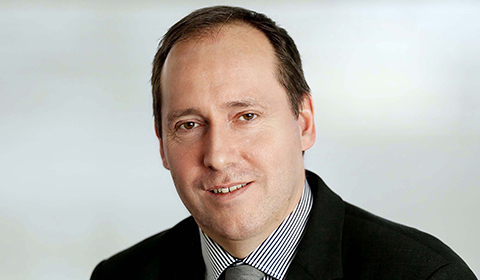Key takeaways
- Fraud remains the top concern for life and health insurers worldwide.
- Nearly three-fourths of respondents noted that fraud cases are the same or increasing over the past several years.
- AI plays a dual role – enabling fraud to occur and giving insurers tools to fight it.
Regardless of where insurers are located globally, one issue continues to rank as a primary concern and risk: fraud. The results of the RGA 2024 Global Claims Fraud Survey bear this out.
One statistic may best articulate the concern. When asked to evaluate the current state of claims fraud, 74% of respondents report the number of cases as “the same” or “increasing” compared to past years.
Several important developments regarding fraud have emerged, shifting the landscape. The survey explored these factors, including how insurers view and address fraud when managing claims, the processes for detecting and preventing its occurrence, and the challenges most often faced when combatting fraud.
Behind the survey curtain
This is the second global fraud survey conducted by RGA, with the first occurring in 2017. Each focused on data from the previous year, from 2023 and 2016 respectively.
Both the 2024 and 2017 surveys focused on life and health insurance claims professionals serving in claims director, assessor, operations, and administration roles globally.
Please note: Respondents tripled for the 2024 survey compared to the 2017 version, and 60% of respondents were from the Asia Pacific region (including Australia and New Zealand), which could influence data insights and trends.
How is fraud being defined?
For the purposes of the survey, RGA divides fraud into three categories.
- Organized Fraud: Criminal organizations that deliberately attempt to profit from insurance fraud to finance other criminal activity and/or launder the proceeds of their crimes.
- Deliberate Fraud: When a policy is taken out with the intent of filing a future claim for profit. It typically involves circumventing underwriting through a combination of misrepresentation and multiple applications.
- Opportunistic Fraud: This occurs at one of two stages. During underwriting, applicants misrepresent their health status to reduce the premium cost, but not with the intent of a future claim. At the claims stage, typically with morbidity, it is exaggerating the extent of a disability to secure benefits.
Fraud frequency: claims vs. underwriting
Fraud is seen as the most important aspect when processing a claim. Shining a spotlight on the scale of this dilemma, fraud impacts approximately one out of every 30 claims.
According to survey respondents, the number of fraud cases with claims is widely viewed (74%) as the same or increasing when compared to previous years. The breakdown is about even between those finding fraud increased (35%) and those reporting no change (39%).
Underwriting fraud is at 85% for those two options. However, a closer look at the numbers shows two-thirds of respondents feel there was no change, while only 17% noted an increase in fraud cases.
Perpetrating a fraud
When pinpointing the most likely culprits, it is not surprising that most survey respondents (72%) listed consumers first. Some of the more notable examples include misrepresentation and non-disclosure, falsifying documents, and working while claiming disability benefits.
Doctors rank third at 23%, showing they also are seen as playing a significant role. Examples of doctor-related fraud include modifying medical records, colluding with patients, and ordering excessive or even false hospitalizations.
Unfortunately, the problem is not limited to those outside of the industry. Insurance agents rank second with 41%. These cases might include coaching policyholders on claim responses, validating fraudulent documents, and not properly screening clients.
Ranking fourth at 20% are others working within the industry. A few examples here include organized crime, impersonations, and fake death certificates.






